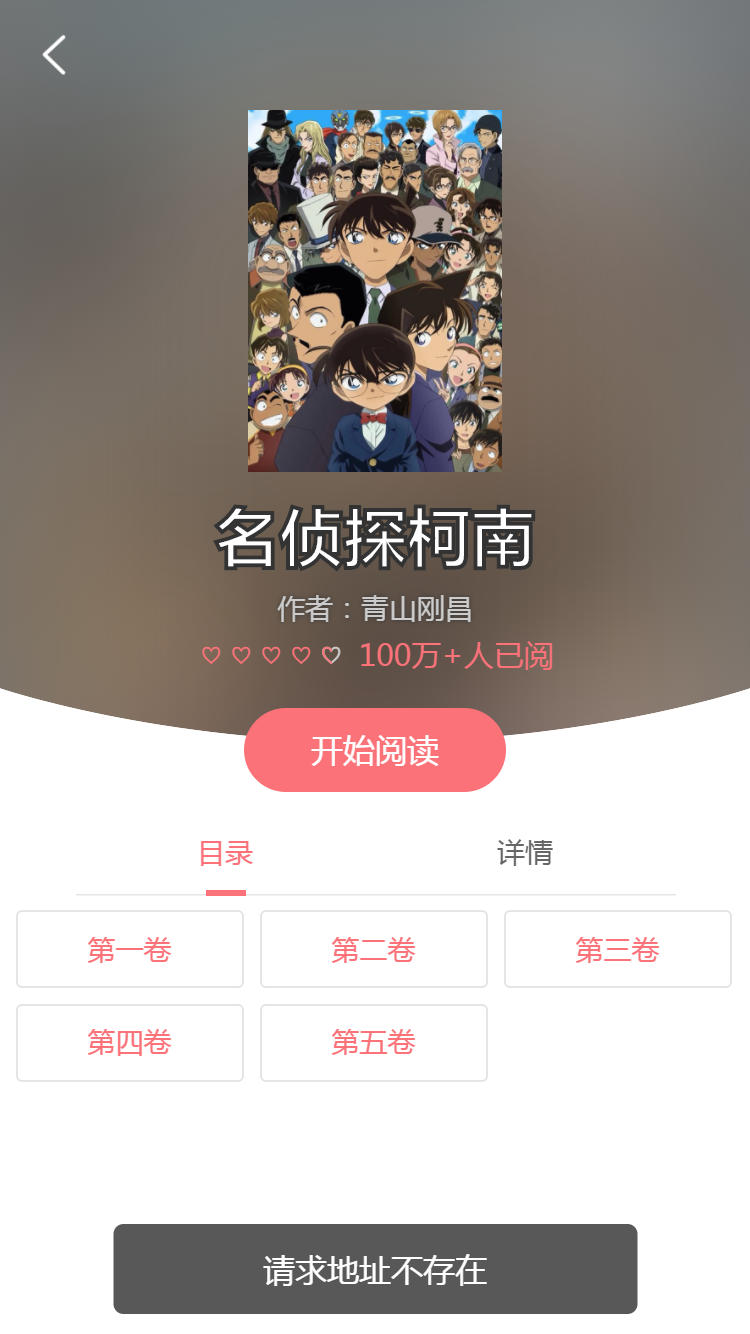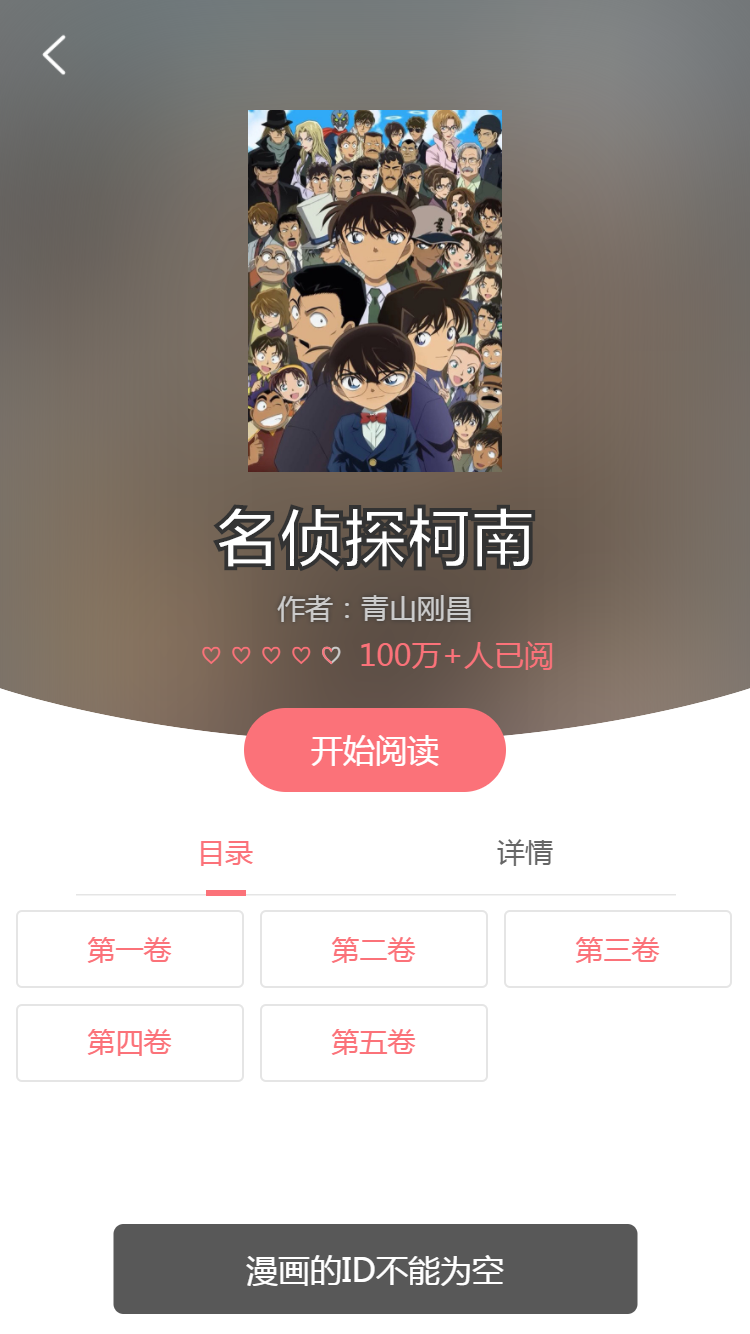转载请注明出处:http://www.cnblogs.com/shamoyuu/p/vue_vux_app_5.html
项目github地址:https://github.com/shamoyuu/vue-vux-iconan
我们引入vux的toast插件,为了能在任何地方使用toast(不仅仅是在组件中,比如store.js中),我们修改main.js
import Vue from "vue" import App from "./App" import router from "./tools/router" import store from "./tools/store" import { ToastPlugin } from "vux" import TestDirective from "./directives/common/TestDirective" import api from "./tools/api" import errorHandle from "./tools/errorHandle" Vue.config.productionTip = false; const FastClick = require("fastclick"); FastClick.attach(document.body); Vue.use(ToastPlugin, { type: "text", position: 'bottom', "70vw" }); Vue.use(TestDirective); Vue.use(api); Vue.use(errorHandle); Vue.prototype.instance = new Vue({ el: ".app", router: router, store: store, template: "<App/>", components: { App } });
修改的地方就图中红色的部分,最后一句比较重要,这样我们可以在任何地方引用到vue的实例,从而达到任何地方都使用toast的目的。
只要能获取到Vue对象,就可以通过下面的方式来弹出toast
Vue.prototype.instance.$vux.toast.show("message")
然后我们添加axios
npm install --save-dev axios
然后我们新建一个文件tools/axios.js文件
import axios from "axios" import Vue from "vue" //设置全局请求为ajax请求 axios.interceptors.request.use((config) => { config.headers["X-Requested-With"] = "XMLHttpRequest"; return config; }); //错误处理 axios.interceptors.response.use( (response) => { let result = response.data; if (!result) { result = { stateCode: 3, message: "未获取到数据" } } //stateCode为0表示正常返回数据,其他情况表示有错误,错误信息由message提供 switch (result.stateCode) { case 0: return result.data; case 1: //没有登录 break; case 2: //其他错误 break; default: break; } let err = new Error(result.message); err.data = result; err.response = response; throw err; }, (err) => { if (err && err.response) { if (err.response.status == 404) { err.message = "请求地址不存在"; } else { err.message = "网络异常,请稍后重试[" + err.response.status + "]"; } } else { err.message = "网络异常,请稍后重试"; } Vue.prototype.instance.$vux.toast.show(err.message); return Promise.reject(err); } ); export default axios;
这个文件的内容很简单,唯一需要注意的是拦截response请求的那部分,我们约定使用下面的格式
{ "stateCode": 0, "data": "当stateCode为0时有效,表示正常返回的数据" "message": "当stateCode不为0时有效,表示错误信息" }
所以在stateCode==0的时候,我们直接返回了result.data,其他的信息直接丢弃了,因为页面不需要关心。
这里如果正常返回了数据(200状态),那么是否需要弹出message信息由页面决定,而其他非200的异常都会默认弹出toast提示。
然后我们新建一个错误处理的文件tools/errorHandle.js
export default { install(Vue) { Vue.prototype.$errorHandle = function (errorData) { //如果返回200,则弹出message if (errorData.response && errorData.response.status == 200) { if (errorData.data && errorData.data.message) { Vue.prototype.instance.$vux.toast.show(errorData.data.message); } } else { //如果是非200,其他错误在这里处理 } } } }
然后我们新建一个tools/api.js文件,将axios再封装一下,顺便让它变成全局对象。
import axios from "@/tools/axios" export default { install(Vue) { Vue.prototype.$api = { get(url, params) { return axios.get(url, { params: params }) }, post(url, params) { return axios.post(url, params); } } } }
至此,我们成功地引入了axios,来写个例子,在任意组件添加下面的代码
mounted: function() {
this.$api.get("http://meleong.duapp.com/xxxx/xxxx", { id: "1" }) .then(function(data) { console.info("成功", arguments); }) .catch(this.$errorHandle); }
这里对错误的处理并没有放到then的第二个参数上,而是单独写了catch,这样写比较清晰一点。
如果不写这个catch,对状态200且stateCode != 0的错误不会有任何提示(某些情况下可能真的不需要提示)。

这个是状态404的错误提示,不管写不写catch都会弹出来。

这个是状态200,但是stateCode != 0时的错误提示,必须写了.catch(this.$errorHandle)才会触发。